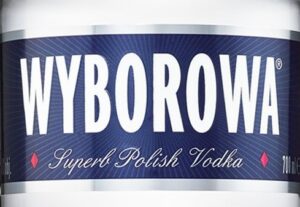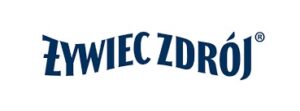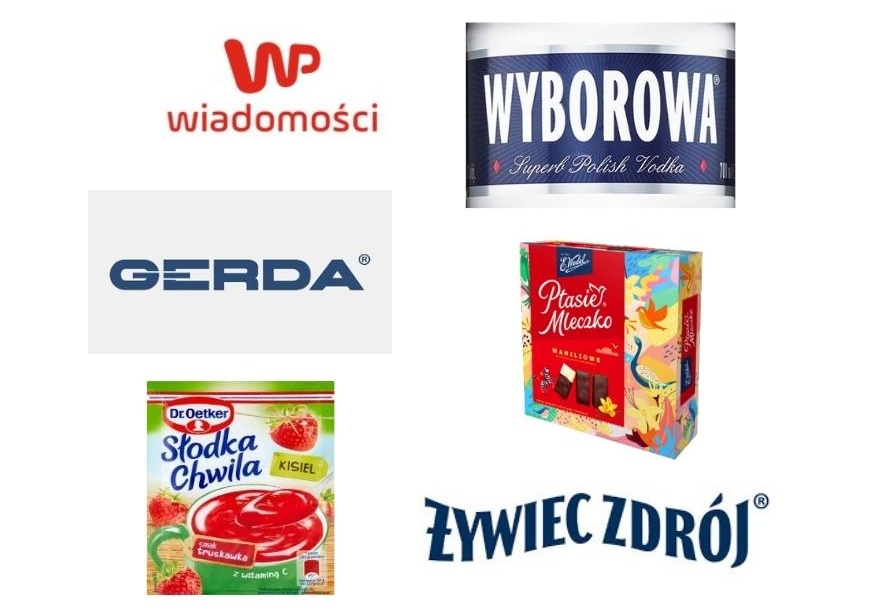Obtaining the right from registration of a trademark, whether it is a European Union trademark (EUTM) or a trademark registered at the Polish Patent Office, on one hand provides a wide range of possibilities for building and securing the potential of one’s mark, and gives access to many opportunities arising from ownership of industrial property rights, but on the other hand it also requires some commitment on the part of the trademark holder.
The strategy of management of a protected trademark depends on the owner of the mark. It is determined by a number of factors, such as the owner’s areas of interest, the company of the owner and his portfolio of industrial property rights.
In general, one should remember about three fundamental issues to be taken into consideration after registration:
A trademark, which has obtained protection, must be put to genuine use!
As it has been mentioned above, rights are accompanied by obligations. The right granted in trademark registration (or trademark protection right, as it is defined under the Polish Industrial Property Law) is a powerful tool to build the position of the mark on the market. However, the monopoly held by the owner should serve a specific purpose, otherwise the owner risks losing it.
The key role of a trademark is to distinguish the goods and/or services of the right holder from those offered by competitors in the market. Therefore, it is required that a protected trademark is put to genuine use. If it is not used by the right holder, some third parties may challenge toe holder’s right to the trademark on the grounds of non-use. The relevant regulations stipulate that a EU trademark or a national mark must be used in a genuine way in the European Union or in Poland for five years after registration (the moment of obtaining the right of protection).
According to the Law on Industrial Property – the right of protection for a trademark may be revoked in consequence of the following:
– the loss by the mark of distinctive features due to the fact that, as a result of the right holder’s actions or negligence, it has become a customary sign in trade – consisting only of elements that can be used in trade to indicate, in particular, the kind of goods, their quality, quantity, price, purpose, manner, time or place of manufacture, composition, function or usefulness – in relation to the goods, for which it was registered;
– the actions of the right holder or, with his consent, the actions of third parties, when the trademark is likely to mislead the public, in particular as to the nature, characteristics or geographical origin of the designated goods;
– deletion from the relevant register of the entity with legal personality that was the holder of the trademark protection right.
What is the use of a trademark?
According to the currently binding regulations, genuine use of a trademark shall consist in:
– affixing the mark to the protected goods or their packaging, offering and placing these goods on the market, importing or exporting them, and storing them for the purpose of offering and placing them on the market, as well as offering or providing services under this mark:



– affixing the mark to the documents connected with introducing the goods on the market or rendering the services designated therewith;

– using the mark for advertising purposes.
„CA24 Mobile in new version
Learn about a new banking application of the future
- Advantages allowing you to make your choices freely
- Finally, you have your finances in hand simply and intuitively
- Easy contact with us when the need arises.”
Even a registered trademark falls under the risk of invalidation in some specific cases!
An already protected trademark may also be invalidated in whole or in part if, because of the manner of using it, the mark becomes a common name for a product (e.g. POLAR [fleece jacket], TERMOS [thermos flask], RACZKI [a kind of candy], IRYSKI) [a kind of candy] or a service (e.g. CHWILKI [instant loans]), or if it begins to mislead as to the nature, quality or geographical origin of the goods and services for which it is registered.
The fact that the right holder already has a trademark registration does not mean that third parties will definitely stop challenging it. Any third parties, who failed to file timely their observations or a formal opposition within the prescribed time limit at the stage of the application procedure, namely – after the publication of the trademark application for opposition purposes based on the arguments concerning the similarity of the trademark to an earlier mark, and the similarity or identity of the goods or services designated with it to those under the earlier mark, will still have the opportunity to request the invalidation of the granted exclusive right.
Invalidation of the right of protection, which has once been granted, may indeed seem somehow unfair, however if the situation was to be reversed, such an opportunity could save the trademark holder from his failure to have filed observations or an opposition against another party’s mark deemed to be similar or identical to the mark of his own. Just theoretically, an assumption can be made that the roles might as well be reversed and the trademark holder himself would be the party who missed to file a timely opposition against one of competitor’s trademarks, and then would be deprived of the opportunity to seek invalidation of a competitive mark at a later stage.
The submission of the request for invalidation of the right of protection for a trademark initiates the procedure, in which both parties to the dispute are exchanging their arguments. Finally, if no agreement is reached between the parties, the decision will be made by the EUIPO or the Polish Patent Office acting in litigation.
Apart from invalidation action against an already granted right of protection, the parties have one more option, namely they may also seek declaring lapse of the protection right due to justified reasons. The difference between invalidation and declaring lapse of the right of protection is that the invalidation of the right in trademark registration has retroactive effect (it completely removes a given right from the trademark register), while declaring lapse of a trademark protection right due to non-use upon the request of a party shall have effect from the date of filing the request to the EUIPO or the Polish Patent Office.
The possibility of extension of trademark registration to other territories on the basis of home registration!
In the course of time, the trademark holder’s strategy and business may evolve. If the trademark holder’s business plans extend beyond the European Union (EU), or Poland, it is possible to seek an extension of the trademark registration beyond the EU or Poland.
This can be achieved in a number of ways. One can either submit individual applications directly to the national offices of each country dealing with intellectual property protection, or one can file an international application based on the Madrid Agreement and the Protocol to the Madrid Agreement.
The Madrid Protocol is a key tool for international trademark protection. It constitutes an international registration system run by the World Intellectual Property Organization (WIPO) in Geneva and has been ratified by many countries worldwide, including almost all European countries, the United States, Japan, Australia, China, Russia and, in October 2004, also the European Union.
The right holder has the right to indicate that his mark has been registered!
The trademark holder has the right to indicate that his mark is already protected by placing the letter “R” inscribed in a circle ® next to the mark.
Placing the symbol “R” next to an already registered trademark is well recommended, as it has been proven that this symbol increases the prestige of a given company – it gains greater credibility in the eyes of business partners. In addition, by placing the symbol ® next to one’s trademark, the right holder sends a clear message to competitors that his trademark is protected in a patent office, for example, in Poland.




The right of protection for a trademark is transferable and inheritable!
The right of protection for a trademark is transferable and inheritable. The holder of the right may transfer it upon other entity under a written agreement. The transfer shall be effective against third parties as soon as the decision on the transfer of rights upon another company or an individual is entered into the trademark register maintained by the Polish Patent Office.
Trademark protection rights can be the subject of a license!
The holder of the right of protection for a trademark may grant another person an authorization to use the mark by signing a license agreement between the parties. The licensee may indicate that ha has obtained a license to use the mark by placing the sign “lic.” adjacent to the trademark.
Trademark protection right is granted for a specific period! Therefore, it is essential to remember about the renewal of the protection right every 10 years for subsequent protection periods!
The duration of the right of protection for a trademark is 10 years, counted from the date of filing an application for registration of the mark in the Polish Patent Office. The protection right is renewable for the subsequent 10-year protection period, on condition that the renewal fee is paid to the Patent Office. There is no limitation on the number of renewals – after the expiry of the 10-year protection period, each time the right of protection for a trademark may be renewed for another 10 years as long as the mark remains within the interest of the right holder.

Agnieszka Skrzypczak is a patent attorney specializing in trademarks and industrial designs. In 2002, she obtained the rights of a Polish Patent Attorney, and since 2004, she is also a European Patent Attorney. She is a member of INTA (International Trade Marks Association) and PIRP (Polish Chamber of Patent Attorneys). Contact with the author

